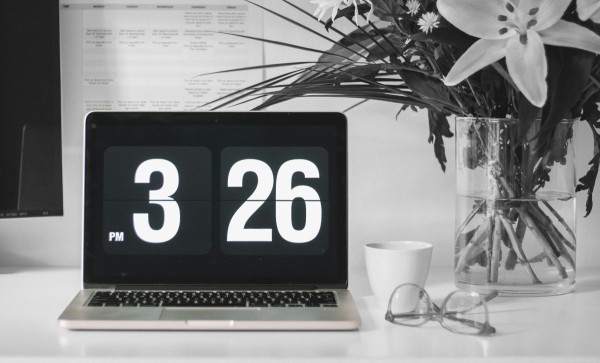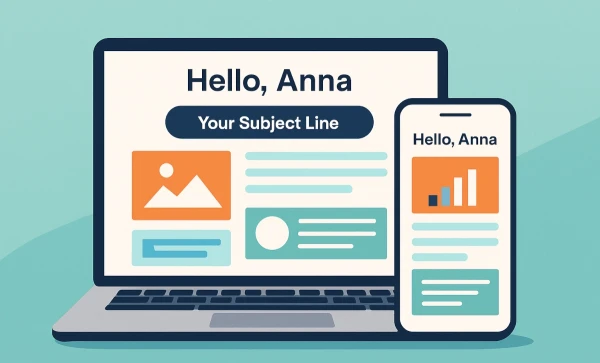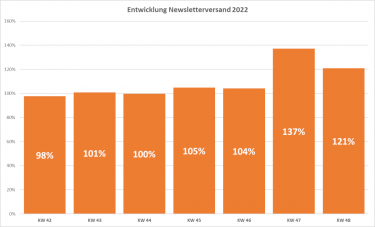The timing of your newsletter delivery can have a significant impact on the success of your campaign. Even the best content and offers are ineffective if sent at a time when your subscribers are not paying attention. But when is the best time? Here’s how you can find it. 🚀
Why is the timing of delivery important?
The time at which you send your newsletters significantly influences open and click-through rates. A well-timed newsletter reaches your subscribers when they are ready to read emails and respond to offers. A poorly chosen time can result in your email getting lost in the flood of other messages.
Factors determining the optimal timing
- 📊 Audience analysis: Different audiences have different habits. While B2B recipients may read emails in the morning, a leisure-oriented audience might be more active in the evening.
- 🕒 Testing and optimizing: The best way to determine the ideal delivery time is through testing. Use A/B tests to compare different times and days and find out when your audience responds best.
- 🌎 Consider time zones: For an international audience, it’s important to consider time zones. Send your newsletters to reach the optimal time in each respective time zone.
- 📅 Weekdays: Studies show that certain weekdays tend to be better for sending newsletters. Many experts recommend Tuesday to Thursday as the best days for sending, while Monday and Friday are often less ideal.
- 📱 Mobile usage: If your target audience spends a lot of time on smartphones, emails sent during commuting times or in the evening might achieve better results.
Best practices for sending timing
- 🌅 Mornings for B2B: Many B2B recipients open their emails in the early morning hours (between 9:00 and 11:00) as they check their inboxes at the start of the workday.
- 📆 Weekends for consumers: If targeting consumers, weekends can work well, especially when subscribers have more free time to engage with content.
- 📊 Data-driven approaches: Use your own data! Every audience is different, and by analyzing previous newsletter campaigns, you can identify patterns in open and click-through behavior.
Practical example:
An online fitness studio could test the following times:
- Morning at 7:00 AM: For subscribers who are active early in the day and looking for morning workout tips.
- Midday at 12:00 PM: For those seeking fitness inspiration or nutrition plans during their lunch break.
- Evening at 7:00 PM: For users who have time for exercise and healthy habits after work.
Conclusion:
The perfect timing for newsletter delivery depends on many factors, especially your audience and their habits. The key is to test various timings, analyze your data, and be flexible in responding to your subscribers’ behavior. This ensures that your emails achieve the greatest impact at the right time! 📬✨
#NewsletterTiming #EmailMarketing #NewsletterMarketing #DigitalMarketing #ContentMarketing




